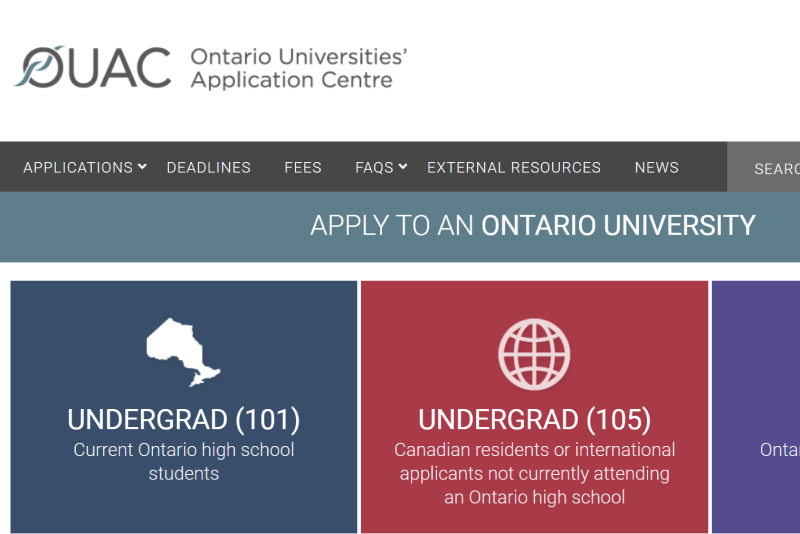For many aspiring physicians, the journey to wearing the white coat begins long before college applications are due. Some have nurtured the dream of healing and helping from a young age. To cater to these precocious aspirants, a unique pathway exists that combines undergraduate and medical education into one seamless journey: the BS/MD program.
Understanding BS/MD Programs
Designed for the determined high school student with a clear vision of a future in medicine, BS/MD programs offer a direct route to medical licensure. These programs merge the acquisition of a Bachelor of Science (BS) degree with a Doctor of Medicine (MD) degree, eliminating the need for a separate, often stressful, medical school application process. This route not only promises a streamlined educational pathway but also significantly reduces the anxiety associated with traditional medical school admissions.
Despite the appeal, it’s important to note that entry into BS/MD programs is highly competitive, with acceptance rates ranging from a mere 1 to 10 percent. This exclusivity underscores the programs’ appeal to dedicated students already sure of their medical ambitions.
The Structure of BS/MD Programs
BS/MD programs are collaborative efforts between undergraduate institutions and medical schools, allowing for direct entry from high school. While many programs offer both degrees from the same institution, others partner with external medical schools to provide a broader range of educational experiences. For example, students in certain programs may have the flexibility to pursue any major, from humanities to hard sciences, while others might be restricted to more traditional pre-med majors.
These programs are rigorous, with specific GPA and, in many cases, MCAT score requirements that must be met to transition from the undergraduate phase to medical school. Failure to meet these benchmarks can result in students completing their undergraduate education without advancing to the medical component, necessitating a traditional medical school application process if they wish to continue their pursuit of medicine.
The duration of BS/MD programs typically spans eight years, though accelerated options exist. Regardless of length, these programs demand a significant commitment, requiring students to complete a standard pre-med curriculum alongside their chosen major.
The Benefits and Drawbacks of BS/MD Programs
For the right candidate, BS/MD programs offer numerous advantages, including the elimination of the medical school application process and the opportunity for a more diversified undergraduate experience. These programs often come with additional perks such as specialized learning opportunities, networking, and community service projects. Furthermore, the intimate nature of these programs fosters a close-knit community, enriching the educational journey.
However, BS/MD programs might not suit everyone. The commitment to a single professional path at such a young age, combined with the requirement to stay at one institution for the entirety of one’s education, can be daunting. The intensive nature and potential for accelerated study can also be challenging. For those unsure of their commitment to medicine or those desiring a more traditional college experience, other paths might be more suitable.
Financial Considerations and Program Selectivity
The cost of BS/MD programs generally aligns with the tuition rates of the host university, though variations exist between public and private institutions. Financial aid and scholarships are often available, making these programs accessible to a wide range of students.
The selectivity of BS/MD programs is notable, with top programs admitting less than 5 percent of applicants. This high level of competition requires applicants to demonstrate exceptional academic achievements, extracurricular involvement, and a clear commitment to the field of medicine.
Extracurriculars and Application Insights
Successful applicants typically engage deeply in a few focused extracurricular activities rather than spreading themselves thin across many. Volunteer work, research, and internships in health-related fields can significantly strengthen an application, demonstrating a genuine passion for medicine.
When considering BS/MD programs, it’s also essential to explore alternatives, such as BS/DO programs, which offer a similar direct path to a medical career but with a focus on osteopathic medicine. These programs might provide a more suitable option for those with specific interests in the holistic aspects of patient care.
Navigating the Application Process
The application process for BS/MD programs is comprehensive, often requiring supplemental essays that allow candidates to showcase their motivation for pursuing a career in medicine. Crafting thoughtful, personal responses to prompts about one’s journey to medicine can significantly impact an application’s success.
In conclusion, BS/MD programs offer a unique and direct path to the medical profession for those with an unwavering commitment to becoming a physician. While the journey is rigorous and the competition fierce, the rewards for those who embark on this path can be profoundly fulfilling.




